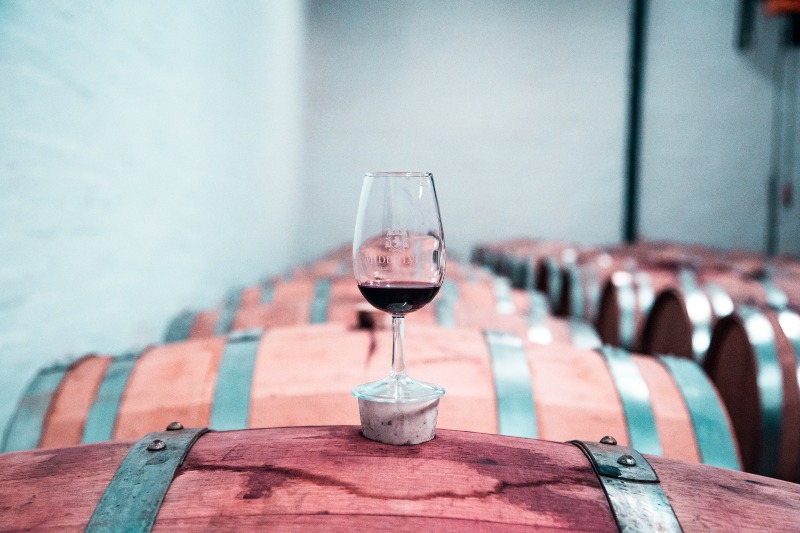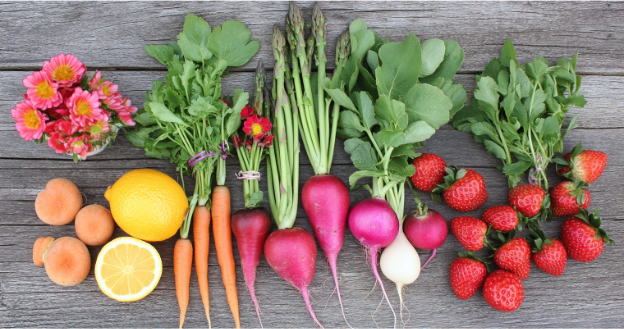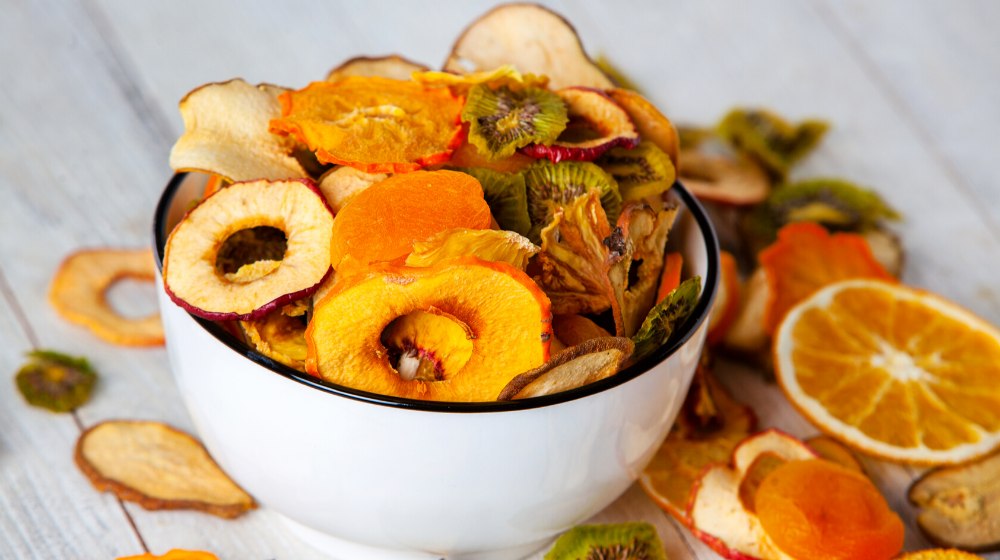Red vs White Wine | Which is the Healthier Choice for You
In the red vs white wine battle, which glass should you toast for better health? These two wines may be alike in several ways, but they also have some key differences.
Read on to find out which dominates the battlefield when it comes to keeping you healthy.
RELATED: Mediterranean Diet | What Are the Basics of a Mediterranean Diet?
Red vs White Wine: What's the Difference and Which Is Better for You?

How Is Red Wine Made vs White Wine?

The primary difference between red and white wine is the color of the grapes that's being used. The winemaking process also differs based on whether the grape skin is included or not in the grape juice fermentation.
Red Wine
Red wine comes from black and red grapes. These grapes are crushed, then aged, with their skin, seeds, and stems on, for around seven to 14 days in oak barrels.
The grape skin is what gives the red wine its ruby color. Additionally, the skin contains plant compounds, including resveratrol and tannins, which provide health benefits.
The longer the grape juice is left in contact with the skin, seeds, and stalks, the deeper the red pigment and the stronger the taste. It'll also pick up the aroma of the oak barrel it's fermented in, which transforms its fruity flavor into nutty, rich, and smooth essence.
White Wine
On the other hand, white wine comes from white grapes. These grapes are also crushed, but their seeds and skin are peeled and separated from the juice.
Afterward, the grapes are combined with yeast, then fermented in stainless steel tanks. These vessels help keep the flowery, fruity taste of white wine since there's only limited exposure to oxygen.
White wine also contains healthy chemicals. However, since the grape skin is already removed, some of these compounds are normally in lower amounts.
Surprisingly, you can still produce white wine using red grapes. You just have to age it without the skin.
What Kind of Food Goes Well with Red and White Wine?

You may pair red and white wine with different kinds of food. And these pairings can actually make or break your judgment of which bottle is better.
It may sound insignificant, but poor food pairings can make wine taste bad.
For instance, it may be odd to pair spicy food with wine, since the strong, bold flavor of spices can overpower the wine's subtle taste.
Some pairing ideas for both red and white wine include:
Red Wine
- Cabernet Sauvignon: Sits well with a juicy steak
- Barolo: Pairs wonderfully with fatty meats, like lamb and rump roast
- Shiraz: Goes well with barbecue sauces
- Pinot noir: Perfect with mushroom, duck, roast pork, and truffle
White Wine
- Riesling: Dry riesling pairs well with sushi and poultry. Meanwhile, the sweeter riesling goes well with apple pie and blue cheese.
- Chardonnay: This type tends to have a savory and nutty flavor. Therefore, it pairs perfectly with fatty fish and white meat, such as salmon, chicken, and turkey.
- Pinot Grigio: This white wine complements seafood recipes.
- Sauvignon blanc: With its sharp and refreshing taste, this wine pairs beautifully with vegetables, oysters, and cheeses.
- Moscato d'Asti: This kind matches fruit desserts.
As you may notice, red wine pairs well with red meat. But if you eat less meat or you're a vegan or vegetarian, white wine is a better alternative.
What Are the Advantages of Red Wine?

Have you heard about the French paradox?
This refers to the low cases of cardiovascular disease in France, despite their high consumption of saturated fats. This phenomenon is attributed to their wine intake.
But scientifically speaking, yes, red wine may actually take care of your heart.
A study shows that drinking red wine may protect your cardiovascular system. In addition, it can also improve your blood flow and help prevent cancer.
In fact, research shows that red wine is associated with at least a 30% reduction in death cases due to heart conditions.
Several studies also suggest that red wine may increase the HDL or “good” cholesterol and reduce the LDL or “bad” cholesterol levels in your body. This can also lower your risk of developing heart disease.
What's more, red wine may also improve your cognitive function and slow down mental decline due to aging.
These health benefits are possible because of how red wine is prepared.
Since it's stored with grape seeds and skins, red wine contains high amounts of plant-based compounds called polyphenols. These molecules act as antioxidants, which also have anti-inflammatory effects.
They also prevent the formation of beta-amyloids. These are protein particles that form plaques, which you can find in people with Alzheimer's disease.
RELATED: 9 Sencha Green Tea Benefits | What is Sencha?
What Are the Advantages of White Wine?

White wine may not be as widely researched as red wine, but it also offers significant health benefits.
Like its red counterpart, white wine positively impacts your heart, cholesterol, and cognitive functions. But what gives white wine its edge over red wine is its effect on your lungs and kidneys.
Yes, red wine may also benefit your lungs. But a study shows that white wine has a stronger link to your lung function than red wine.
White wine can help keep your lungs healthy by ensuring that the tissues in your respiratory system are functioning properly.
This is because white wine contains antioxidants that prevent the formation of free radicals. Free radicals are harmful molecules that can cause damage to your lung tissues.
Another advantage of white wine is its influence on your kidneys, and this is due to the compound called caffeic acid. This organic compound found in white wine also acts as an antioxidant, which can reduce your risk of kidney disease.
Which Is Better?

When we talk about nutritional value, there's only a little difference between red and white wine. These two wines have almost similar nutrition facts.
Let's look at the profile of white wine vs red wine:
Alcohol content:
- Red wine: 3.1 grams
- White wine: 2.9 grams
Calcium, Vitamin K, and Zinc:
- Red wine: 1% of the RDI (Reference Daily Intake)
- White wine: 1% of the RDI
Calories:
- Red wine: 125
- White wine: 121
Carbs:
- Red wine: 4 grams
- White wine: 4 grams
Iron:
- Red wine: 4% of the RDI
- White wine: 2% of the RDI
Magnesium and Vitamin B6:
- Red wine: 4% of the RDI
- White wine: 4% of the RDI
Manganese:
- Red wine: 10% of the RDI
- White wine: 9% of the RDI
Niacin:
- Red wine: 2% of the RDI
- White wine: 1% of the RDI
Phosphorus:
- Red wine: 3% of the RDI
- White wine: 3% of the RDI
Potassium:
- Red wine: 5% of the RDI
- White wine: 3% of the RDI
Riboflavin
- Red wine: 3% of the RDI
- White wine: 1% of the RDI
Sugar:
- Red wine: 1 gram
- White wine: 1 gram
Based on the figures above, red wine seems to have the upper hand, as it contains more vitamins and minerals. This is why some individuals often perceive red wine as the healthier option. But there are still other criteria that you may want to consider.
If you want to manage your alcohol and calorie intake, choose a white wine, since it has lower alcohol content and fewer calories. Additionally, if you're sensitive to tannin, a substance that can be found in red wine, white wine is a better option.
Check out this video by Adam Ragusea as he shares why he incorporates white wine in his recipes:
The best wine depends on your personal taste, preferences, and health situation.
For instance, red wine is heart-healthy, while white wine is good for your lung function.
Besides, there are many wine choices out there, and you don't have to limit yourself. There are also rosé and sparkling wines, which you may find interesting as well.
Just keep in mind to consume wine in moderation, which is two drinks per day. Drinking too much wine can negate the health benefits it provides.
Which do you like better–the rich flavor of red wine or the refreshing taste of white wine? Share your thoughts with us in the comment section below!
Up Next:
- Pros and Cons of Drinking Coffee
- How Is White Persian Melon Tea Different From Other Teas?
- Testicular Cancer Survivor, Matt Ode, Shares His Story of Hope, Purpose, and “Winning the Day” [PODCAST]
Please stay connected with us on Facebook, Twitter, Instagram, and Pinterest, and make sure to join our community of healthy living and minded people here.
Trending
Get Updates
SIGN UP FOR OUR NEWSLETTER TODAY



